As pet owners, it is our responsibility to look out for the safety and well-being of our precious animals.
And while we hope that our pets are never in an emergency medical situation, it is important to be prepared just in case.
Just as it is important to know how to perform pet CPR, it is vital for pet owners to be ready in the event that their dog or cat begins to choke.
This exclusive look at the Heimlich maneuver for cats and dogs can make the difference between life and death for our pets. These steps are not very complicated at all, and may just come in handy if an emergency should ever arise.
While I try to keep my home free of anything that could be a choking hazard, accidents do happen sometimes. I'm just so glad I'll be prepared in such a situation!
Scroll through below to see how to perform the Heimlich maneuver on a cat, a small dog, and a large dog. And always make sure to discuss any questions you might have with your veterinarian!
The Heimlich Maneuver For A Cat
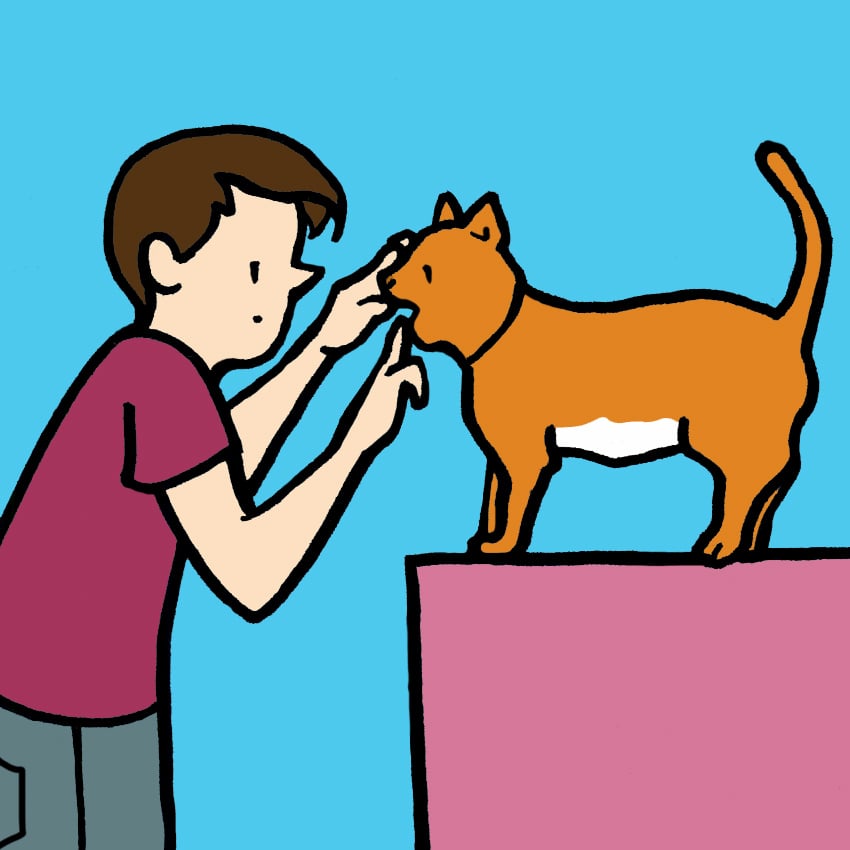
The first step for the Heimlich involves checking your cat's mouth.
If you notice that your cat is choking and is still conscious:
- Open your cat’s mouth and check for some kind of obstruction.
- If you can see the object, try to remove it with a sweep of your fingers.
- Do NOT blindly put your fingers in their mouth unless you see the object.
- Do NOT push the object any further into their mouth.
- According to Pet Place, “If you cannot easily remove the object, lift and suspend him with the head pointed down.”
If you are able to remove the object and your cat resumes normal breathing, you do not need to perform the Heimlich, though you should call for medical attention just to be safe.
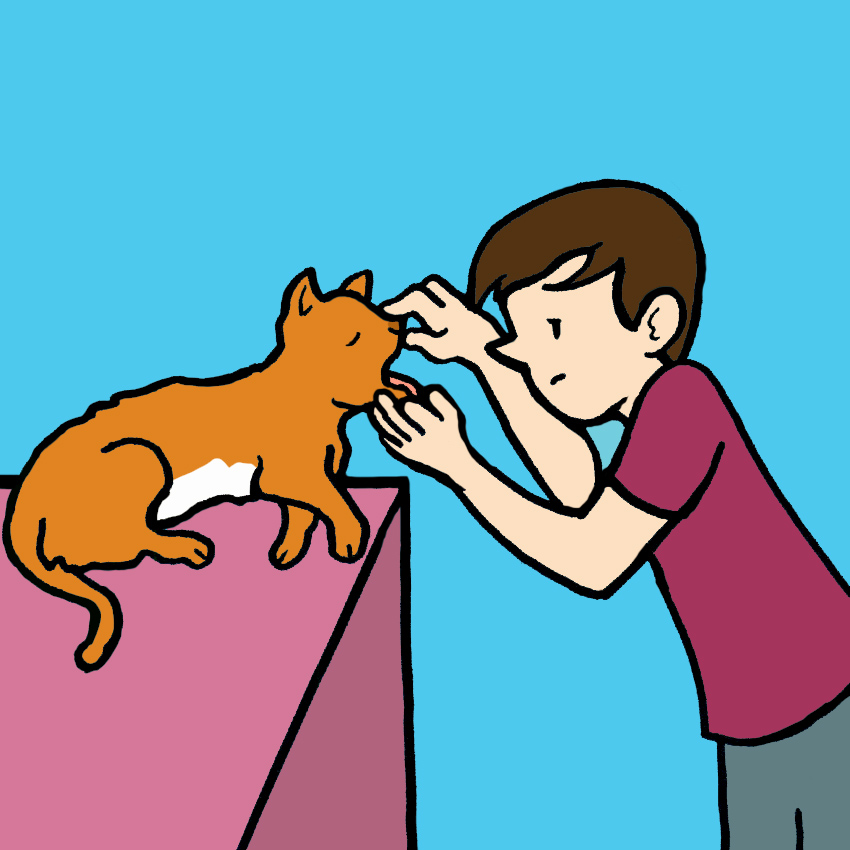
If you notice that your cat is choking and is unconscious:
- Open your cat’s mouth and check for some kind of obstruction.
- PetEducation.com writes, “If an object is blocking the airway, grab the tongue and pull it outward.”
- If the tongue pull does not work to dislodge the obstruction, try to remove it with your fingers or tongs.
- Do NOT push the object any further into their mouth.
If you are able to remove the object and your cat resumes normal breathing and regains consciousness, you do not need to perform the Heimlich, though you should get them medical attention right away.
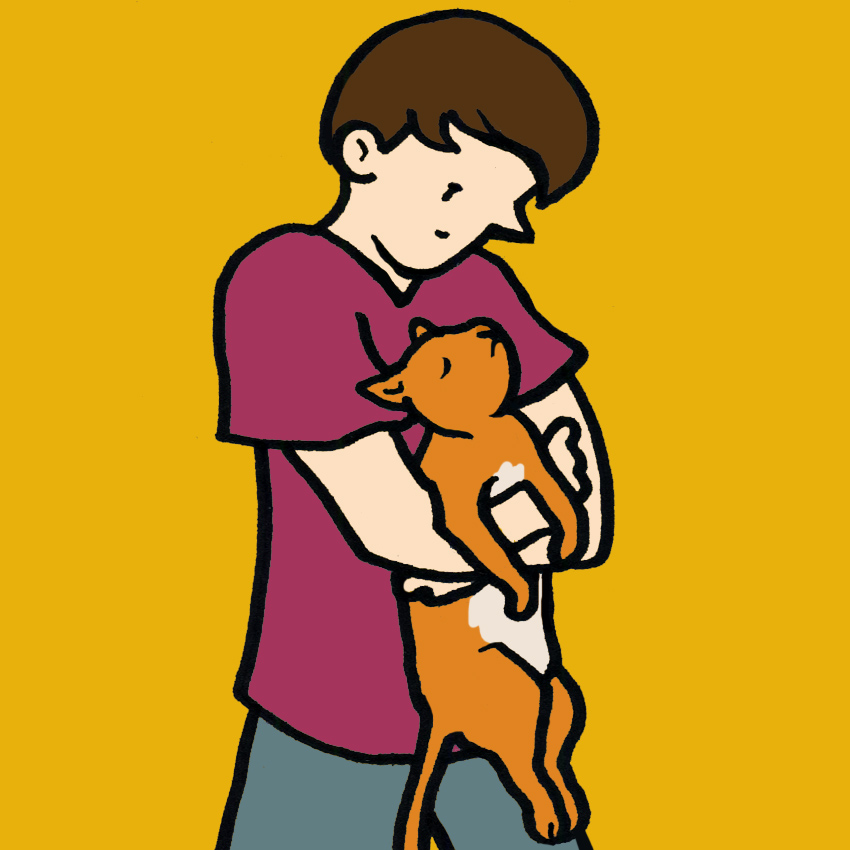
If you are unable to remove the object manually or if you cannot see it, you should position your cat for the Heimlich maneuver:
- According to Pet Place, “Grasp the animal around the waist so that the rear is nearest to you, similar to a bear hug.”
- Clasp your two hands and make a fist, placing it just behind (or below) the ribs.
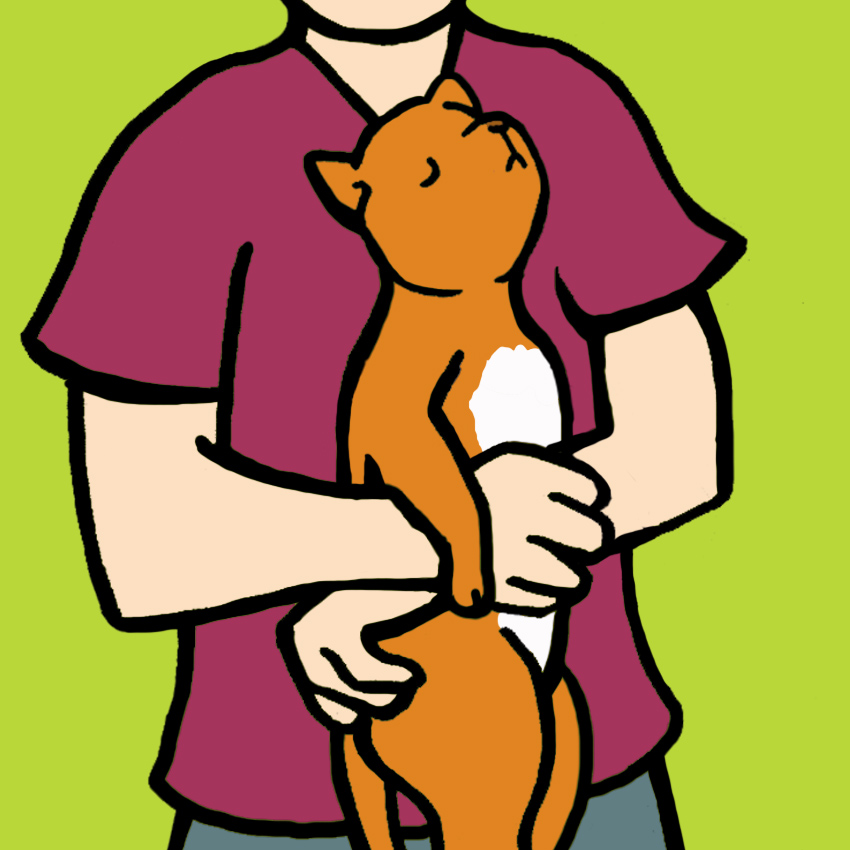
Once your cat is properly positioned:
- PetEducation.com writes, “Perform abdominal thrusts by pushing up with your fist quickly five times.”
- Check the mouth for some kind of obstruction.
- If you can now see the object, try to remove it with a sweep of your fingers.
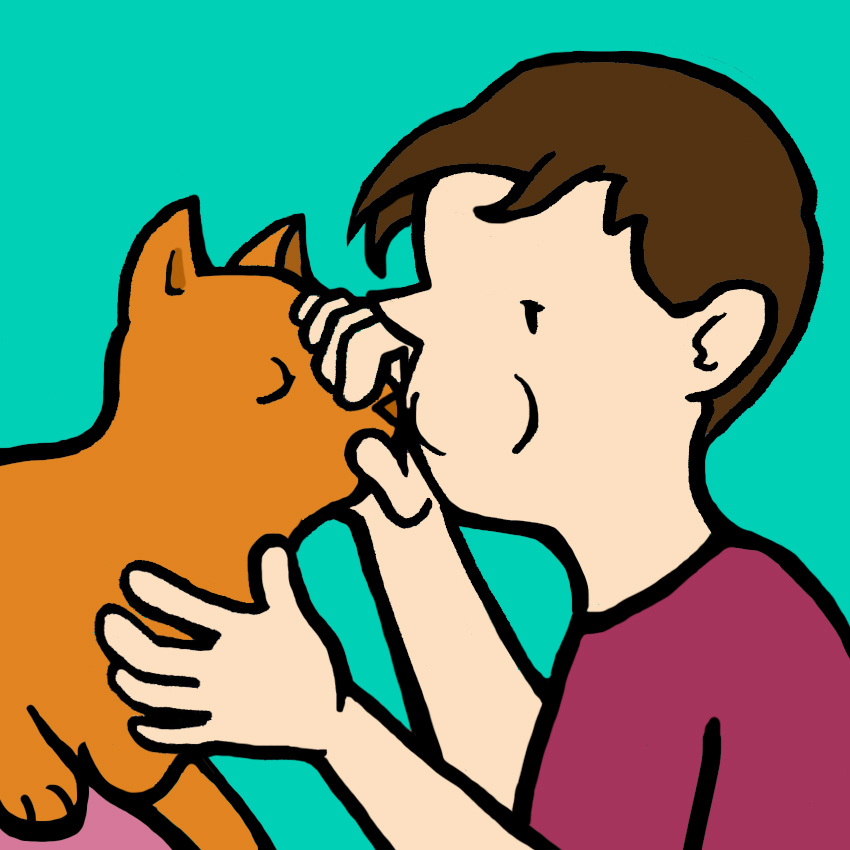
If your cat is unconscious or becomes unconscious and the object has not become dislodged:
- PetEducation.com writes, “Give five breaths and then five abdominal thrusts again, and continue this pattern until the object is dislodged.”
- Once the obstruction is dislodged, check your cat’s airway, breathing, and circulation to see if CPR is necessary.
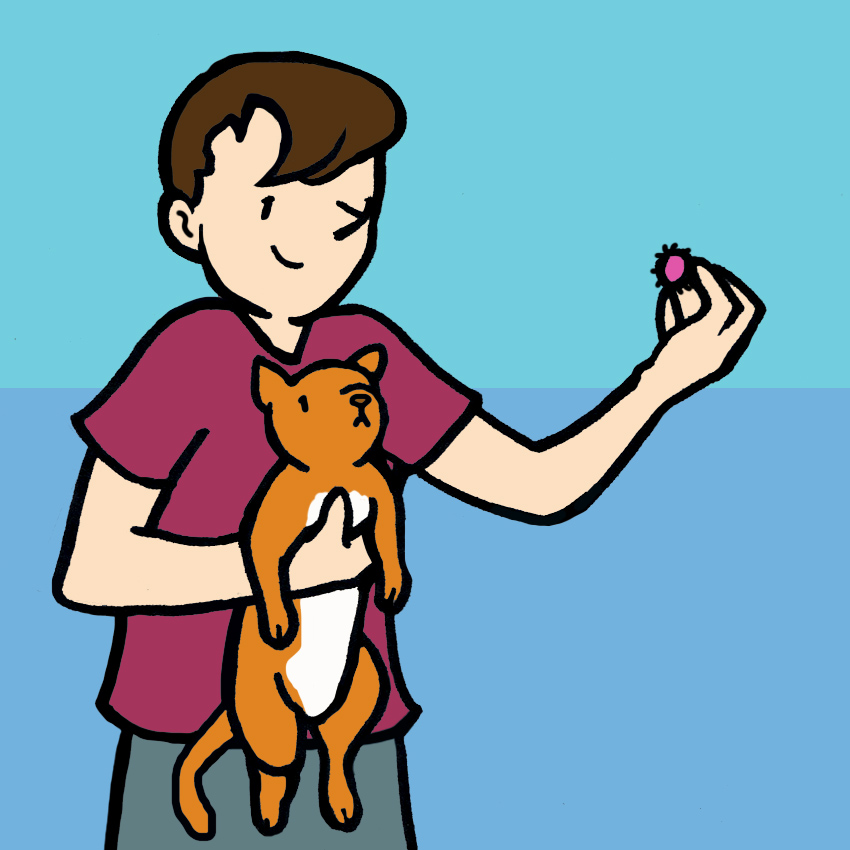
Hopefully, the Heimlich will be successful in removing the obstruction.
However, if the Heimlich does not work:
- Deliver five back blows directly between the cat’s shoulder blades.
- Repeat the abdominal thrusts.
- Get your cat emergency attention right away.
Pet Place writes, “Even if you are successful in removing a foreign object, veterinary examination is recommended. Internal injury could have occurred that you may not realize.”
The Heimlich Maneuver For A Small Dog
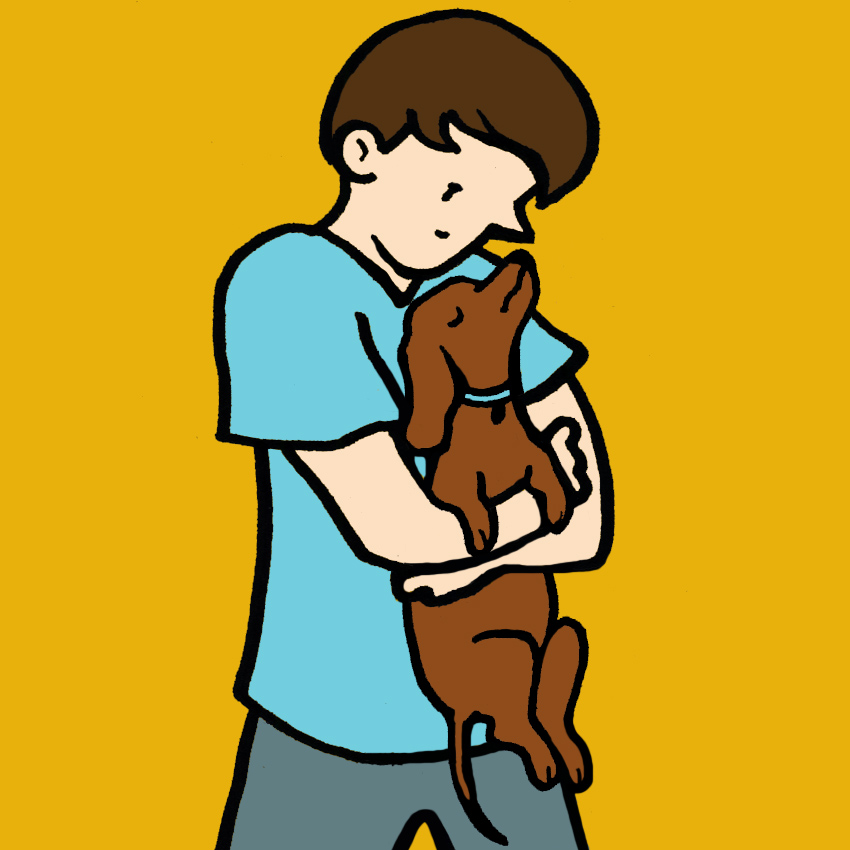
The Heimlich maneuver for a small dog is similar to that for a cat:
- Attempt to remove the object manually from the mouth.
- If you can’t remove the object or the dog becomes unconscious, apply abdominal thrusts just behind (or below) the ribs.
- If the object is removed but the dog does not regain consciousness, check the airway, breathing, and circulation to see if CPR is necessary.
- Get your dog emergency attention right away.
The Heimlich Maneuver For A Large Dog
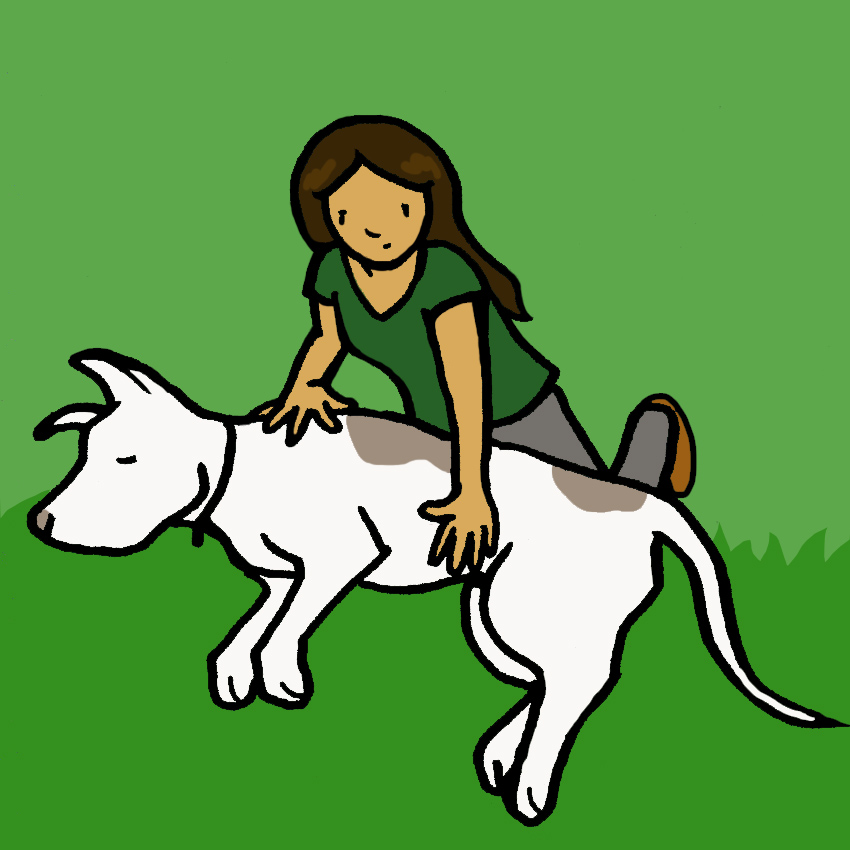
For large dogs, you should again first check to see if you can remove the obstruction from the mouth manually.
If the Heimlich is necessary and your dog is lying down:
- According to PetMD, “Place one hand on the back for support.”
- “Use the other hand to squeeze the abdomen upwards and forwards.”
- After abdominal thrusts, check the mouth for some kind of obstruction.
- If you can now see the object, try to remove it with a sweep of your fingers.
- If the object cannot be dislodged through the Heimlich or finger sweeps, get your dog emergency attention right away.
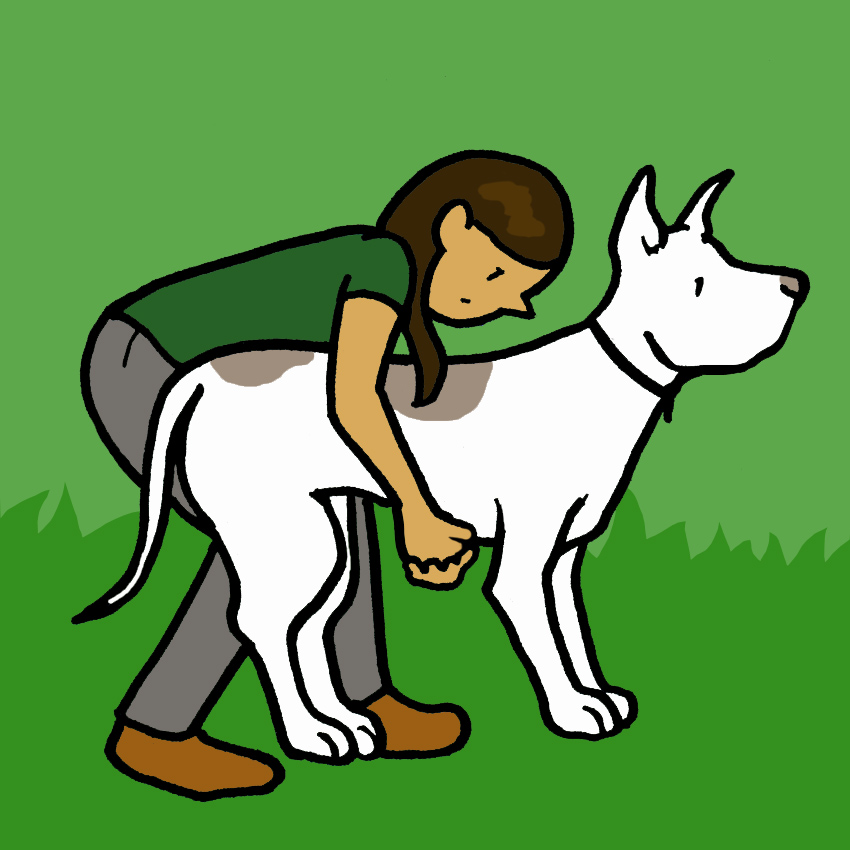
If the Heimlich is necessary and your dog is standing:
- According to PetMD, “Put your arms around her belly, joining your hands.”
- “Make a fist and push firmly up and forward, just behind the rib cage.”
- After abdominal thrusts, check the mouth for some kind of obstruction.
- If you can now see the object, try to remove it with a sweep of your fingers.
- If the object cannot be dislodged through the Heimlich or finger sweeps, get your dog emergency attention right away.
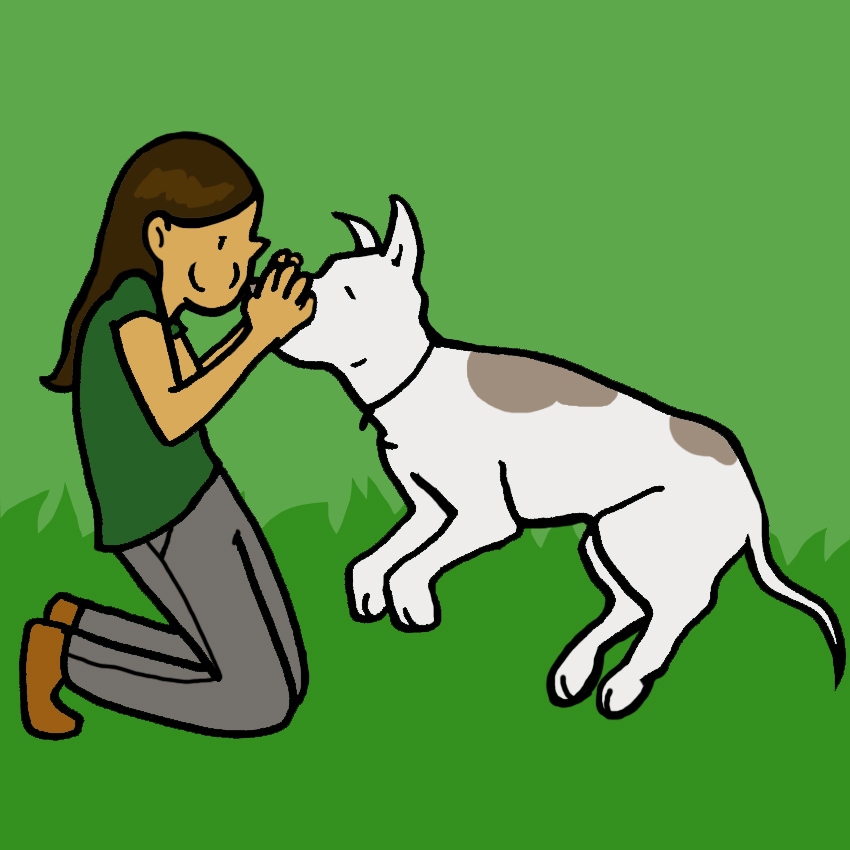
If your dog is unconscious or becomes unconscious and the object has not become dislodged:
- PetEducation.com writes, “Give five breaths and then five abdominal thrusts, and continue this pattern until the object becomes dislodged.”
- Once the obstruction is dislodged, check your dog’s airway, breathing, and circulation to see if CPR is necessary.
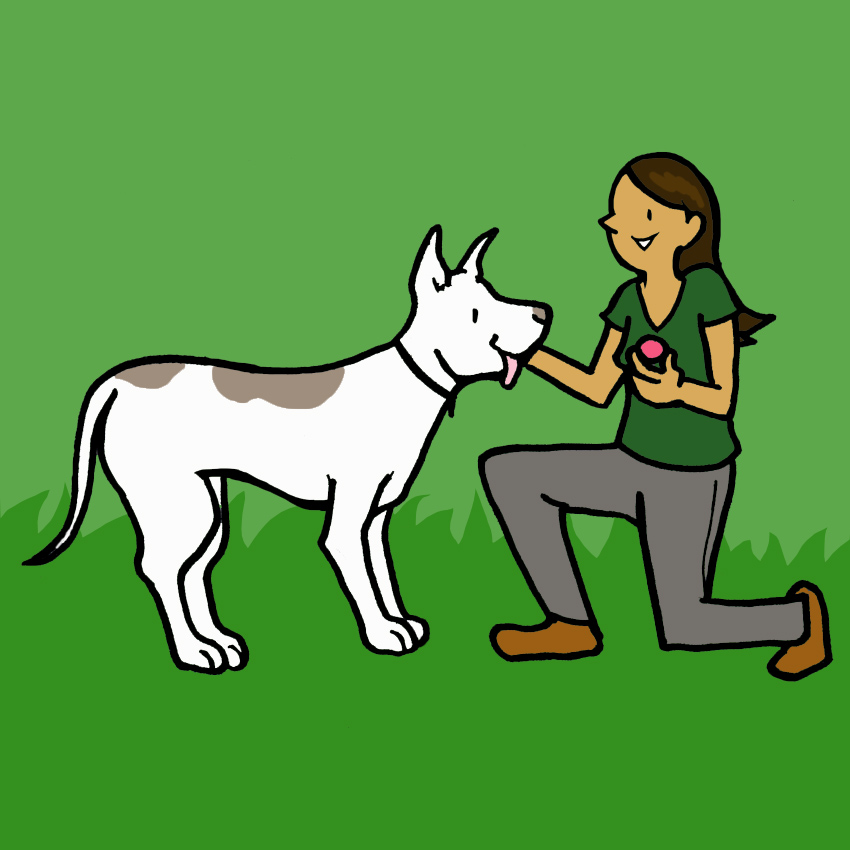
Again, ideally, the Heimlich maneuver will take care of the airway obstruction.
Either way, you should seek medical attention immediately, as there may be additional internal issues that only a vet will be able to detect.
Knowing how to perform the Heimlich maneuver for your cat or dog can be a lifesaving skill in the case of an unexpected choking emergency!
And while no one ever wants to think about the prospect of such a situation, it is very important to be prepared just in case.
Remember, always ask your vet if you have any questions about the Heimlich and proper emergency procedure.
Please SHARE this vital, lifesaving information with pet owners everywhere!




